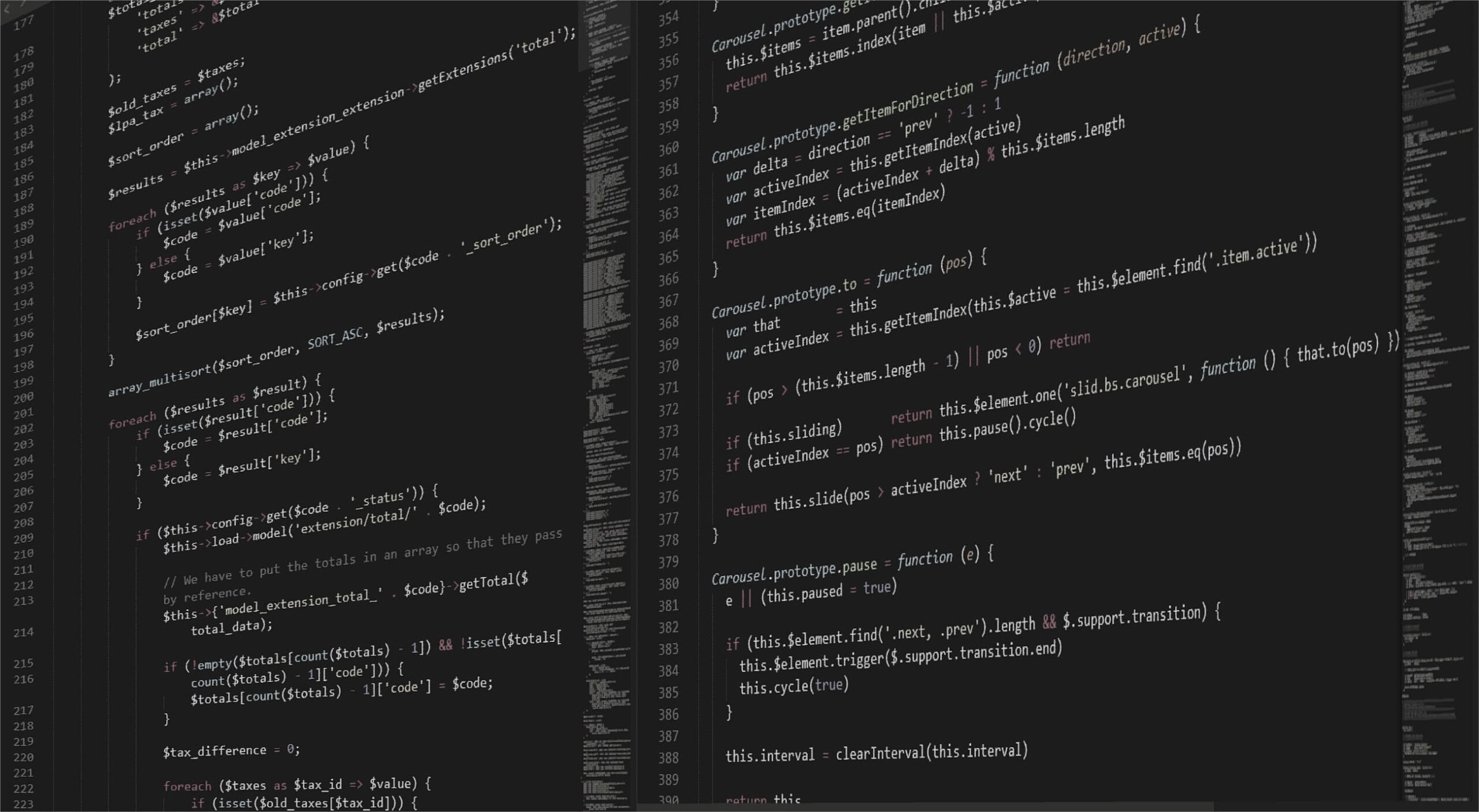For those of you who are new to this concept of AI in IT operations,
AIOps, short for AI in IT operations, is a strategic framework that integrates AI and machine learning capabilities into various aspects of IT operations. Its primary objective is to simplify complex IT management processes, predict and prevent disruptions, and enable IT teams to focus on strategic initiatives.
That said, here’s a deep dive into the crucial components that power the AIOps architecture, grouping them into distinct categories for clarity and understanding.
Defining the AIOps architecture
The AIOps architecture revolves around collecting, analyzing, and interpreting massive amounts of data from various sources to provide actionable insights and automate decision-making processes.

To comprehend the intricacies of this architecture, let’s dissect its components into distinct groups, each playing a pivotal role in its functioning.
At the heart of AIOps lies the meticulous collection and aggregation of multifaceted data sources. AIOps adeptly harvest data from across the IT spectrum from machine logs and system metrics to user-generated events.
This process is bolstered by observability practices, encompassing techniques such as distributed tracing and telemetry. These observability techniques provide granular insights into application behavior, system performance, and user experiences. The convergence of observability and AIOps equips organizations with the ability to detect anomalies and troubleshoot issues with unprecedented precision.
This amalgamation forms a panoramic view, ensuring that actionable insights are rooted in holistic understanding. Notably, the International Data Corporation (IDC) projects that by 2025, the global data sphere will swell to a staggering 175 zettabytes. This underscores the criticality of efficient data collection and aggregation as the bedrock of AIOps.
2. Data processing: Enabling AIOps architecture to transform raw data into wisdom
Once harvested, the AIOps engine orchestrates intricate data processing models. Raw data undergoes normalization, filtration, and organization, producing structured datasets primed for analysis.
This phase involves parsing complex data formats, such as JSON or XML, extracting relevant information, and transforming them into unified schemas.
These processed datasets provide a solid foundation for subsequent analysis. Notably, organizations effectively harnessing data analytics are 2.6 times more likely to be top-performing. This phase ensures that ensuing analyses are accurate, insightful, and reflective of the true state of the IT ecosystem.
3. Machine learning: AIOps’ cognitive powerhouse
AIOps truly comes to life with its machine-learning prowess. Machine learning algorithms scrutinize data patterns, detect anomalies, and establish correlations. These algorithms, trained on historical data, continually evolve, adapting to shifting operational dynamics. From supervised learning techniques for classification to unsupervised approaches for anomaly detection, these algorithms are the cognitive backbone of AIOps. These models leverage techniques like time series forecasting and clustering.
As reported by McKinsey, over 60% of organizations implementing AI and machine learning have witnessed improved operational efficiency. Such transformative capabilities elevate AIOps as a proactive ally in modern IT operations.
4. Core AI capabilities: Beyond the obvious
Central to AIOps are its core AI capabilities: natural language processing, sentiment analysis, and network topology mapping. Natural language processing enables the system to understand and interpret human language, facilitating intelligent interaction with IT operations data. Sentiment analysis evaluates user feedback and system alerts to gauge user sentiments, providing insights into user satisfaction levels. Network topology mapping, often utilizing graph theory, models the intricate relationships between IT components, aiding in root cause analysis.
With AI-equipped tools delivering a projected 20% increase in employee productivity by 2025, the significance of these capabilities in the AIOps landscape is undeniable.
5. Predictive and prescriptive insights: Enabling your AIOps architecture to orchestrate proactivity
AIOps shines brightest in its predictive prowess. Leveraging historical data and machine learning models, it anticipates potential anomalies and disruptions. This predictive edge empowers IT teams to intervene proactively, mitigating potential issues. Furthermore, AIOps elevates its game by offering prescriptive insights—intelligent recommendations guiding IT professionals toward optimal decision-making.
6. Perspective Insights: Holistic understanding for precision AIOps
AIOps transcends conventional monitoring by integrating business context, user behavior, and operational nuances. This perspective-driven insight empowers IT teams to make decisions that align with broader business objectives. In a world where Gartner predicts that 90% of large organizations will have adopted AIOps by 2025, the contextual understanding provided by AIOps is bound to be the differentiator.
By championing comprehensive data collection, processing, and advanced AI capabilities, AIOps empowers organizations to proactively navigate the intricate landscape of IT operations. Its predictive, prescriptive, and perspective insights pave the way for a smarter, more efficient IT future.
Evolution of AIOps architecture: Embracing the impact of disruptive concepts on the current AIOps architecture
In the rapidly evolving landscape of IT operations, innovation often emerges from the convergence of visionary concepts. As AIOps architecture continues to evolve, three disruptive ideas are poised to reshape its very foundation. Let’s delve into how the adoption of these concepts will impact the current AIOps architecture.
1) Process-centric AIOps: Rethinking operations management
The Impact on AIOps Architecture:
Process-Centric AIOps ushers in a seismic shift by focusing on IT Operations Management (ITOM) and IT Service Management (ITSM) rather than mere monitoring. The current AIOps architecture, which revolves around data collection, processing, and insights, will see a transformative expansion. The integration of sequenced actions, tailored to the logical flow of IT processes, will be the cornerstone. This shift will demand a more intricate orchestration layer that sequences actions, ranging from automated interventions to human-guided decisions. In essence, Process-Centric AIOps will result in a more process-aware architecture, bridging the gap between AI-driven insights and real-world operational execution.
How It Impacts AIOps:
Traditional AIOps architectures often emphasize data analysis and automated alerts. Process-Centric AIOps elevates this by orchestrating intelligent actions that mirror the logical flow of IT operations processes. AIOps now becomes a catalyst for not just detection, but also for seamless process execution, automating routine tasks, and guiding human decisions.
2) Applied observability: Enhancing insight precision
The Impact on AIOps Architecture:
Applied Observability amplifies the richness of data collected, infusing it with contextual insights. This concept marries observability data with specific use cases, making the collected data more actionable. In the AIOps architecture, the data collection and aggregation phase will expand to accommodate more diverse data types that cater to specific operational scenarios. The data processing stage will evolve to include specialized transformations that contextualize the data, aligning it with the desired outcomes. Machine learning models will be trained not just on raw data, but on data customized to the relevant use case, enhancing the accuracy and relevance of insights generated.
3) Generative AI: Transformative intelligence
In the context of AIOps, Generative AI can produce predictive models, anomaly detection algorithms, and even simulated incident scenarios. This adds a creative twist to AIOps architecture. It goes beyond analyzing historical data to generate new possibilities and solutions.
Impact on AIOps Architecture:
Generative AI introduces a new dimension to AIOps architecture. The architecture must support the development and deployment of AI models that are not just data-driven, but also generative. This requires advanced machine learning frameworks that enable the creation of AI models capable of producing meaningful and context-aware outputs. The architecture should also facilitate the integration of these generative models into the operational workflows, enhancing the accuracy of predictions and proactive interventions.
How It Impacts AIOps:
AIOps architecture evolves from being reactive to proactive with Generative AI. Rather than relying solely on patterns from historical data, AIOps can generate predictive models, simulate scenarios, and propose strategies for optimizing IT operations. This not only accelerates issue resolution but also fosters innovative problem-solving.
In conclusion, these concepts—Process-Centric AIOps, Applied Observability, and Generative AI—hold the potential to redefine the way we approach AIOps architecture. They demand an evolution towards holistic process management, deeper data insights, and creative AI capabilities. Embracing these concepts ensures that AIOps architecture remains at the forefront of innovation, empowering organizations to navigate the complex landscape of IT operations with unprecedented efficiency and intelligence.





One thought on “AIOps Architecture: What’s changing in the heart of ITOps”